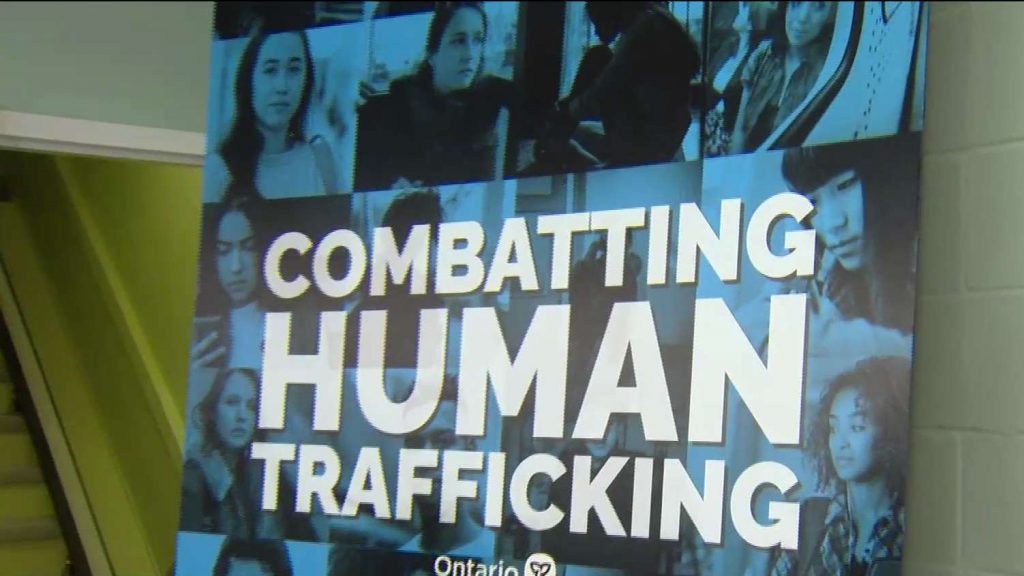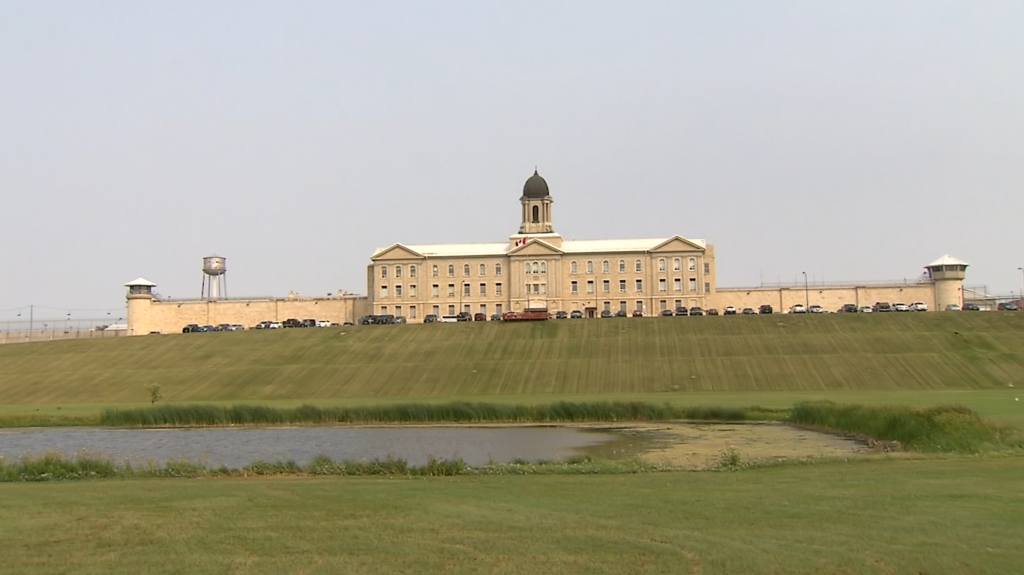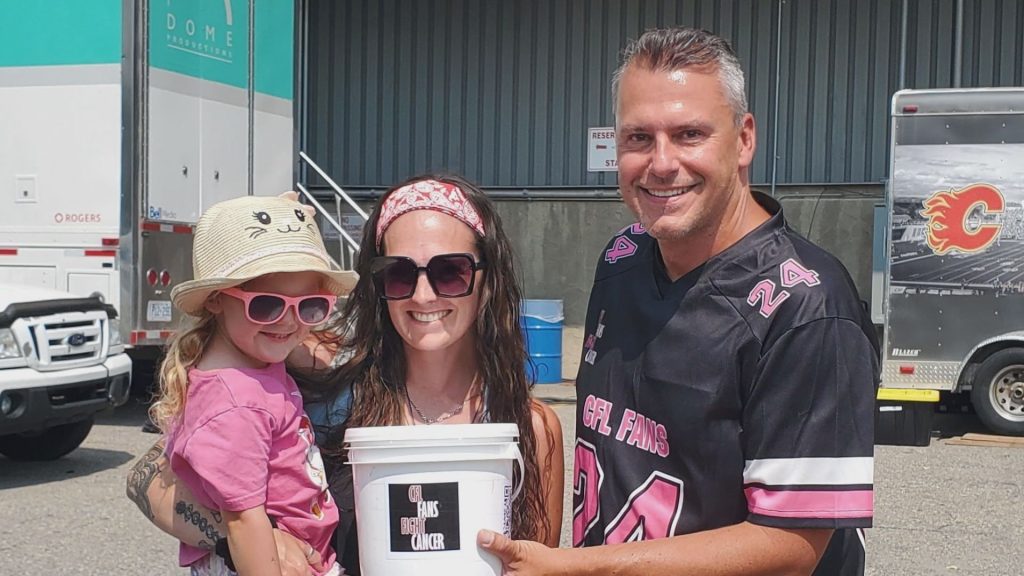By the numbers: Human Trafficking in Canada

Posted October 17, 2021 2:27 pm.
Last Updated October 20, 2021 8:17 am.
This week, CityNews is taking a deep dive into the world of human trafficking, a heinous crime that mostly targets young women, ahead of the documentary “VeraCity: Fighting Traffick,” premiering on October 26 at 10 p.m. ET/9 p.m. CT on Citytv.
Statistics Canada and the Canadian Centre to end Human Trafficking have both released reports on the troubling upward trend of human trafficking in the country.
Despite an attempt to track incidents of human trafficking, Stats Canada acknowledges police-reported incidents don’t represent the full picture of human trafficking.
“The hidden nature of this crime makes it difficult to detect and, as such, these data present an underestimation of its true magnitude,” reads their 2019 report.
The Canadian Centre to end Human Trafficking released their report based on calls received from their hotline between 2019-202
Increase in police-reported incidents
In 2019, there was a marked increase in police-reported incidents and represented the highest number of cases since they started collecting this data in 2009.
- Stats Canada: 511 police-reported incidents (an increase of 44 per cent over the previous year)
- Ontario: 316 police-reported incidents (highest provincial total in Canada)
- Nova Scotia: 51 police-reported incidents (highest rate per 100,000 residents of police-reported human trafficking incidents in Canada)
- Canadian Centre for Human trafficking identified 415 incidents of human trafficking with 593 victims associated with those incidents
- One in three callers to their hotline was a victim or survivor of human trafficking
- Of those callers, Forty-four per cent were current victims of human trafficking
Who are the victims?
The victims of human trafficking are overwhelmingly women, especially young women under the age of 35.
- Ninety-five per cent of human trafficking victims are girls and women. (Stats Canada)
- Of those victims, 89 per cent are under the age of 35.
- Over 20 per cent are under the age of 18 and 43 per cent are between the ages of 18 to 24.
- One in three victims reported some kind of physical injury related to the incident.
- Only 11 per cent of victims were trafficked by a stranger, most are trafficked by someone they know
- For 29 per cent of victims, their trafficker was a friend or acquaintance
- For 25 per cent of victims, their trafficker was a current or former boyfriend or girlfriend
- Men make up 83 per cent of the suspects in human trafficking cases and 65 per cent are between the ages of 18 and 34.
Beyond the charges
Human trafficking also has a very low rate of conviction compared to other violent crimes. The Stats Canada report found there were multiple challenges to prosecuting human trafficking, including having to rely on victim testimony.
- Less than one in 10 (seven per cent) are human trafficking charge resulted in a guilty finding. This compares to 31 per cent of all other violent offences ending with a guilty finding.
- The vast majority, 89 per cent, were either stayed, withdrawn, dismissed or discharged.
- Many prosecutors will withdraw a human trafficking charge in exchange for a plea deal where the accused pleads guilty to a lesser offence
Impact of the COVID-19 pandemic
The Canadian Centre for Human Trafficking found the COVID-19 pandemic had a massive impact on social services available to those who are victims or survivors of human trafficking.
- Between April and May 2020, one in five service providers were no longer able to offer services because of the pandemic.
- Majority of services have also had to revert to online services which can create barriers for those who don’t have access to the internet.
If you or someone you know may be a victim of human trafficking, you can call the Canadian Human Trafficking Hotline: 1-833-900-1010








